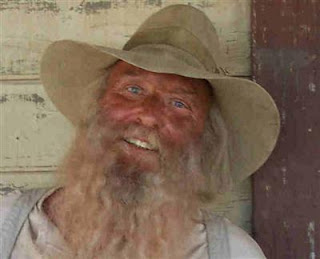Fiestas de Santa Fe is a festival held every autumn in Santa Fe, New Mexico, usually during the second week of September.
History
Fiestas de Santa Fe has been held annually since 1712 to celebrate the "peaceful retaking" of the city in 1692 by Spanish colonists led by General Don Diego de Vargas (1643-1704). The Spanish were earlier expelled from the city by neighboring Pueblo people during the Pueblo Revolt of 1680 and spent the next 12 years in exile in El Paso del Norte (now Ciudad Juárez, Mexico).

The King of Spain appointed de Vargas to lead the exiled colonists in their reoccupation of Santa Fe, which he accomplished without bloodshed--in Santa Fe, anyway; elsewhere the story was different--on September 14, 1692. Eight years after de Vargas' death, a proclamation was signed to establish an annual commemoration of the resettlement.[1]
Festival Highlights
The start of Fiestas is marked by the burning of Zozobra, also known as "Old Man Gloom", a 50ft/15.2m tall marionette that symbolizes the hardships and despair of the past year. The tradition is not ancient, though, having begun in around 1928, by a group of "gringo" artists called "Los Cincos Pintores," led by Will Schuster. This is followed by 3 days of celebration that includes a reenactment of Don Diego de Vargas' return to the city, a children's pet parade, the Historical/Hysterical Parade, the Fiesta Ball and Roman Catholic masses of thanksgiving. During the festival, the Santa Fe Plaza is filled with arts & crafts and food booths, and mariachis play throughout the city. Fiestas concludes with twilight mass at St. Francis Cathedral followed by a candlelight procession to the Cross of the Martyrs.

"Fiestas" are not uniformly loved in Santa Fe, which still is home to a substantial population of 'native' Americans, both in the city and on near-by pueblos. The Native folks do not 'celebrate' the reconquest, howsoever allegedly peaceful it was. They are far more inclined to celebrate the Pueblo Revolt, which was just about the only successful rebellion of indigenous peoples against European colonial expansion anywhere in the New World. It began in 1680, and the reconquest, which Fiestas commemorates, occured in 1692.
Unfortunately, there seems to be no community festival of the same size and duration to commemorate the Pueblos' successful rising against the Spanish. However, the putative leader of the revolt, a cacique named Po'pay, from the pueblo of Okeh-Owingeh (formerly called "San Juan?") is commemorated locally.









No comments:
Post a Comment